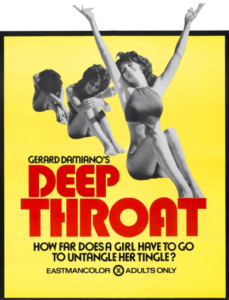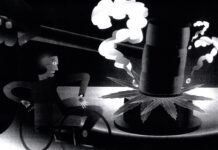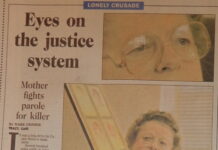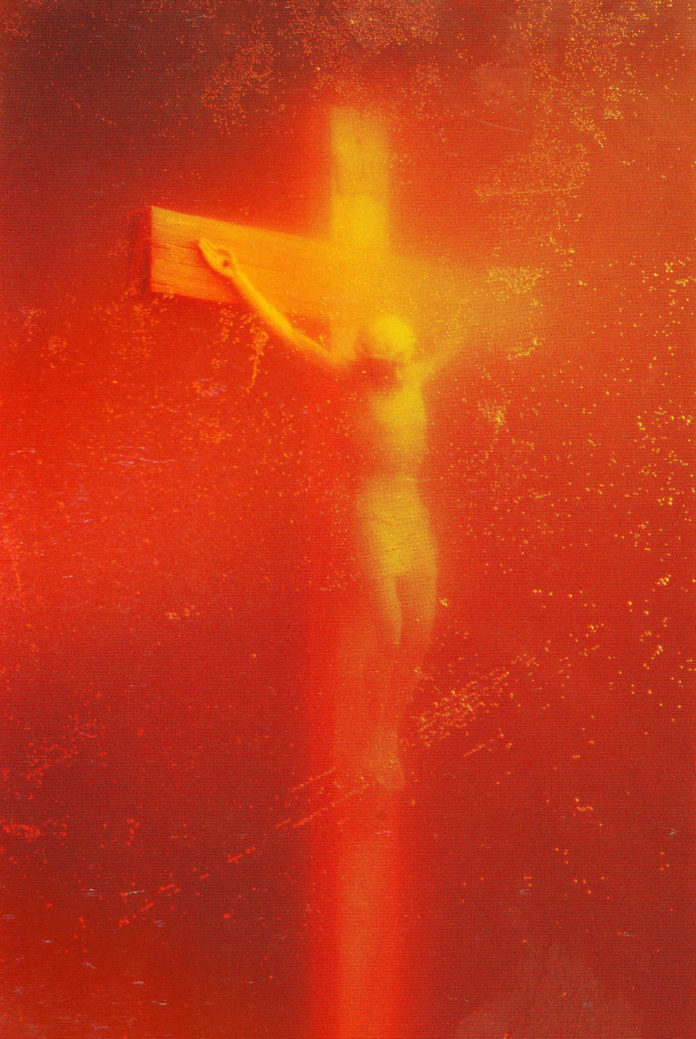
Getting Banned and Other Marketing Strategies for Artists
By Mark Cromer
While it may seem counterintuitive, fewer things empower artists and motivate patrons and the viewing public like some good ol’ “banned” art. In spite of this, governments and power elites have rarely shied away from attempting to prevent others from reading, viewing or listening to works they object to. In America there is in fact no agency with the authority to ban art (though the FCC can ban works from the airwaves). Instead, Uncle Sam and his local cohorts will use obscenity prosecutions to attack artists and works of art they find objectionable (think sex…). In other countries artists can still earn an official Scarlet Letter for their work, or worse. What follows are a few highlights—or low points—of artists drawing the wrath of ban:
BAD PUSSY
Underground ‘comix’ legend R. Crumb rolled his artistic grenade ‘Fritz The Cat’ into America’s tent in 1965; but it was filmmaker Ralph Bakshi’s 1972 movie adaptation of Crumb’s hedonistic feline that earned it the distinction of being the first animated film to receive an X-rating from the MPAA.
CLARK IN THE PARK WITH A SPARK
Filmmaker Larry Clark has been showcasing cultural dysfunction and its casualties since 1995’s ‘Kids,’ but it was 2002’s ‘Ken Park’ that touched off an international shitstorm: banned in Australia and constricted by extremely limited release in markets from the UK to the U.S.
WILDE’S HEAD ON A PLATTER
Playwright, poet, anarchist, libertine, syphilitic savant and whatever else you may want to call him, Oscar Wilde drew the wrath of London’s power elite in 1892 when they banned his play ‘Salome’—ostensibly for depicting Biblical characters onstage. When the play finally debuted in Paris in 1896, Wilde was behind bars.
WHEN THE WHIP COMES DOWN
Robert Mapplethorpe may have enjoyed putting a bullwhip and sundry other items up his Back 40, but it’s unlikely anything quite tickled his artistic prostate more than Sen. Jesse Helms’ efforts to drive him from public square in the 1980s and 90s, including a farcical obscenity bust in Cincinnati that turned the “The Perfect Moment” into a national hit.
EXILED ON MAINSTREET
Tapping legendary photographer Robert Frank to film their 1972 U.S. Tour, the Rolling Stones hedonism run amok was startling even to Mick Jagger when he previewed the film, aptly entitled ‘Cocksucker Blues.’ The Stones sued and Frank—by court ruling—can only screen the film five times annually and only in Frank’s presence.
LUCIFER RISING
No insignificant number of titles in Kenneth Anger’s filmography are followed by the notation “Lost.” But at least one of Anger’s films, “The Love That Whirls,” was seized by inspectors at the processing lab in 1949 for nudity. Twenty years later, Anger had the first cut of his film ‘Lucifer Rising’ seized as well; this time by Manson Family killer Bobby Beausoleil, who starred in the infamous short. Beausoleil is rumored to have buried the film at one The Family’s crash pads.
FROHNMAYER WAS IN A FUROR!
John Frohnmayer may have the dubious distinction of being the man who ultimately killed the National Endowment of the Art’s grant program for individual artists, but it was the work of the ‘NEA Four’ that ignited the battle. Karen Finley, Tim Miller, John Fleck and Holly Hughes exploded the debate over public financing of performance art after their grants were vetoed by NEA director Frohnmayer in 1990.

PISS OFF
What Mapplethorpe did for Sen. Jesse Helms, Andres Serrano did for Sen. Alfonse D’ Amato with his epic ‘Piss Christ.’ Indulging his own performance art, Senator Al ripped up a photo of the work on the Senate floor and Serrano’s glowing place in degenerate art was secured.
BLOOD ON THE TRACKS
It was in Minneapolis of all places, at frigid city’s Walker Arts Center, that shaman/artist/ nice guy Ron Athey unleashed a blood-laced performance that did for art what The Doors infamous Miami concert did for rock n’ roll: made it dangerous again. Jim Morrison’s bust and conviction led him to flee to Paris, where he found death two years later. Athey is still alive and bleeding in LA.
CAGED HEAT
Paul F. Little, better known to America as ‘Max Hardcore’—the Freddy Krueger of porn known for his unapologetically misogynistic videos —discovered that though the United States does not officially censor filmmakers, it can still bring a sledge hammer down on them. The Feds went after Little with a multiple-count obscenity indictment and in 2008 a jury found him guilty. Little has since found himself looking at a four year stretch in the federal pen and, to rub it in, Uncle Sam seized his website www.Maxhardcore.com, where the Justice Department and the U.S. Postal Inspection Service have posted their insignias like victory banners.
DEADMAN TALKING
It’s a rare artist that has been literally hounded to death by a government, but provocateur Lenny Bruce made that select circle when he was found dead in the Hollywood Hills in the summer of 1966, following years of successive busts, bans and bad vibes.
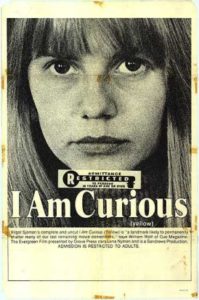
CURIOUSLY YELLOW
In the spring of 1969 Massachusetts went after Boston cinemas screening Vilgot Sjoman’s film ‘I Am Curious (Yellow)’ deeming it pornographic—the Swedish art film featured vixen Lena Nyman daring to kiss her lover’s flaccid penis. That same year the U.S. Supreme Court upheld an appellate court’s stay that stopped the Commonwealth’s prosecutors from effectively banning the film while the obscenity bust was under appeal. In 1971, the courts found the art film was not obscene. A year later, Americans were lining up to see Linda Lovelace devour Harry Reems turgid member in Gerard Damiano’s epic Deep Throat and the Feds again went racing to court.
This article was first published in Artillery magazine.


